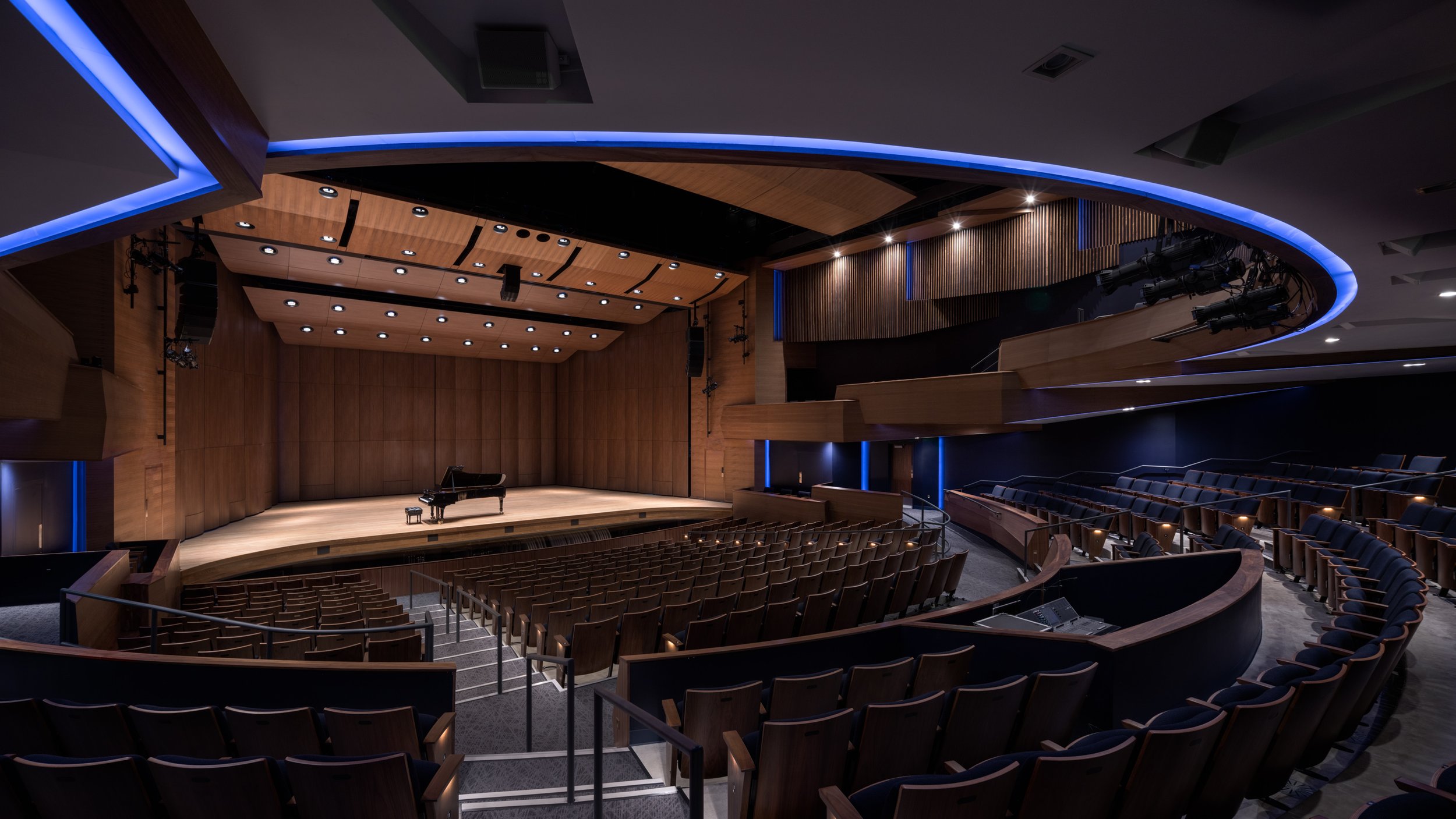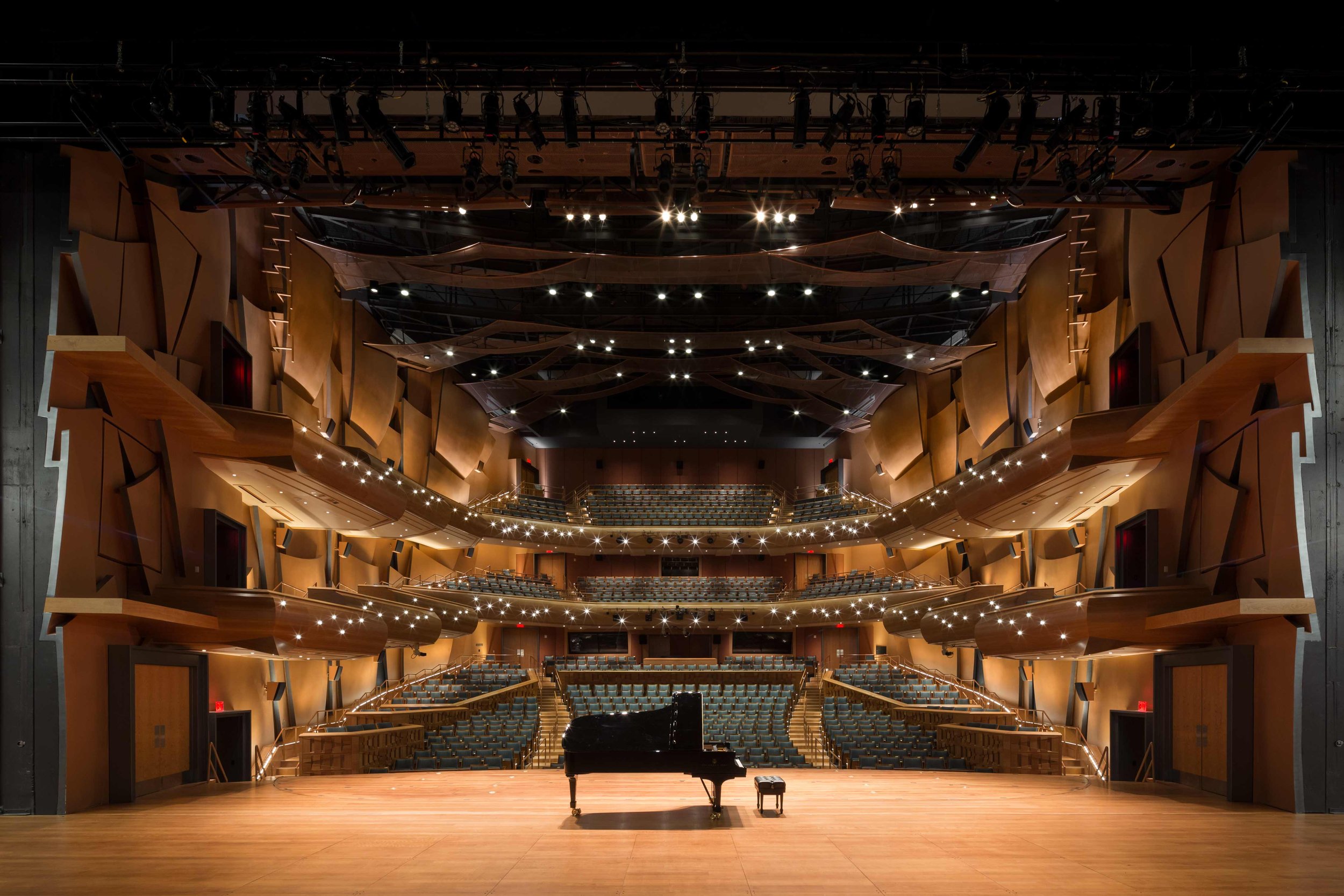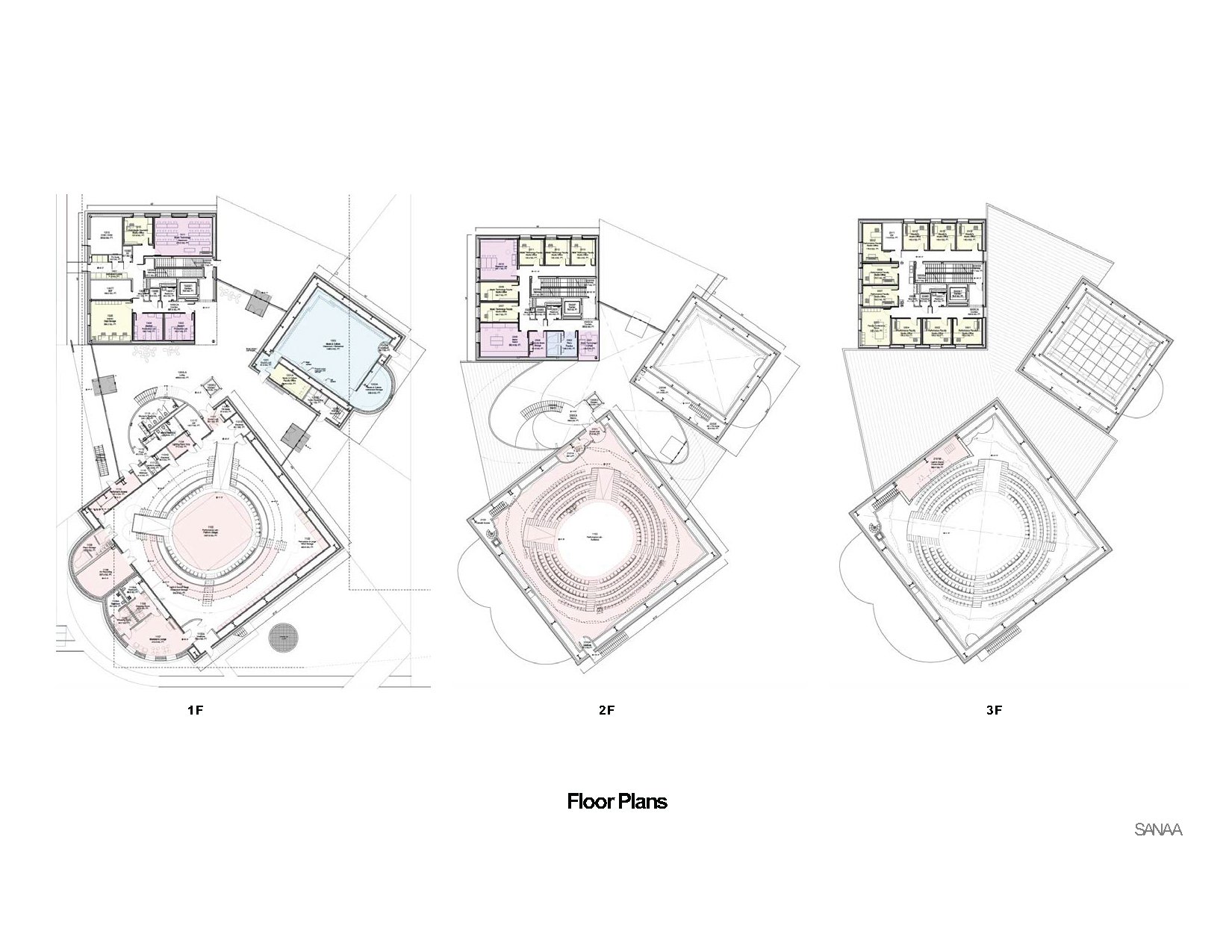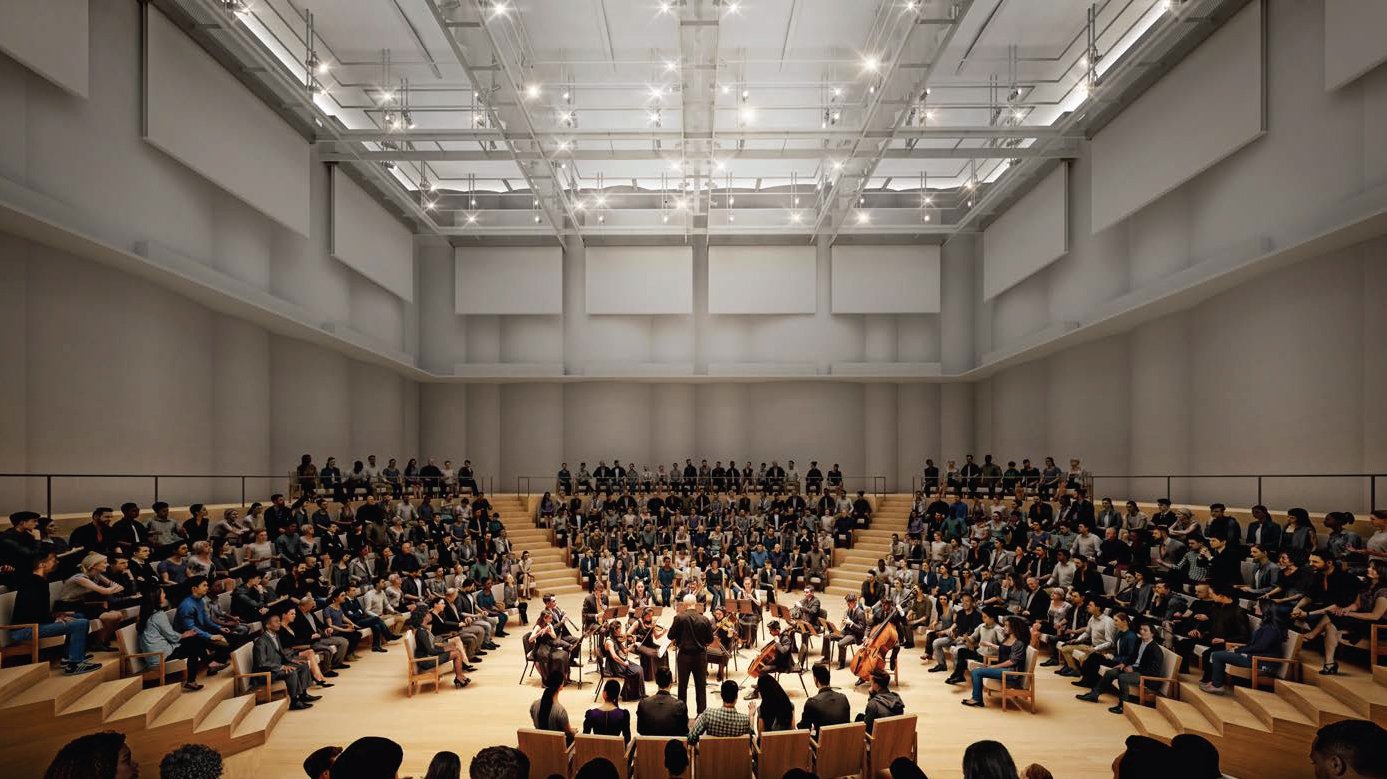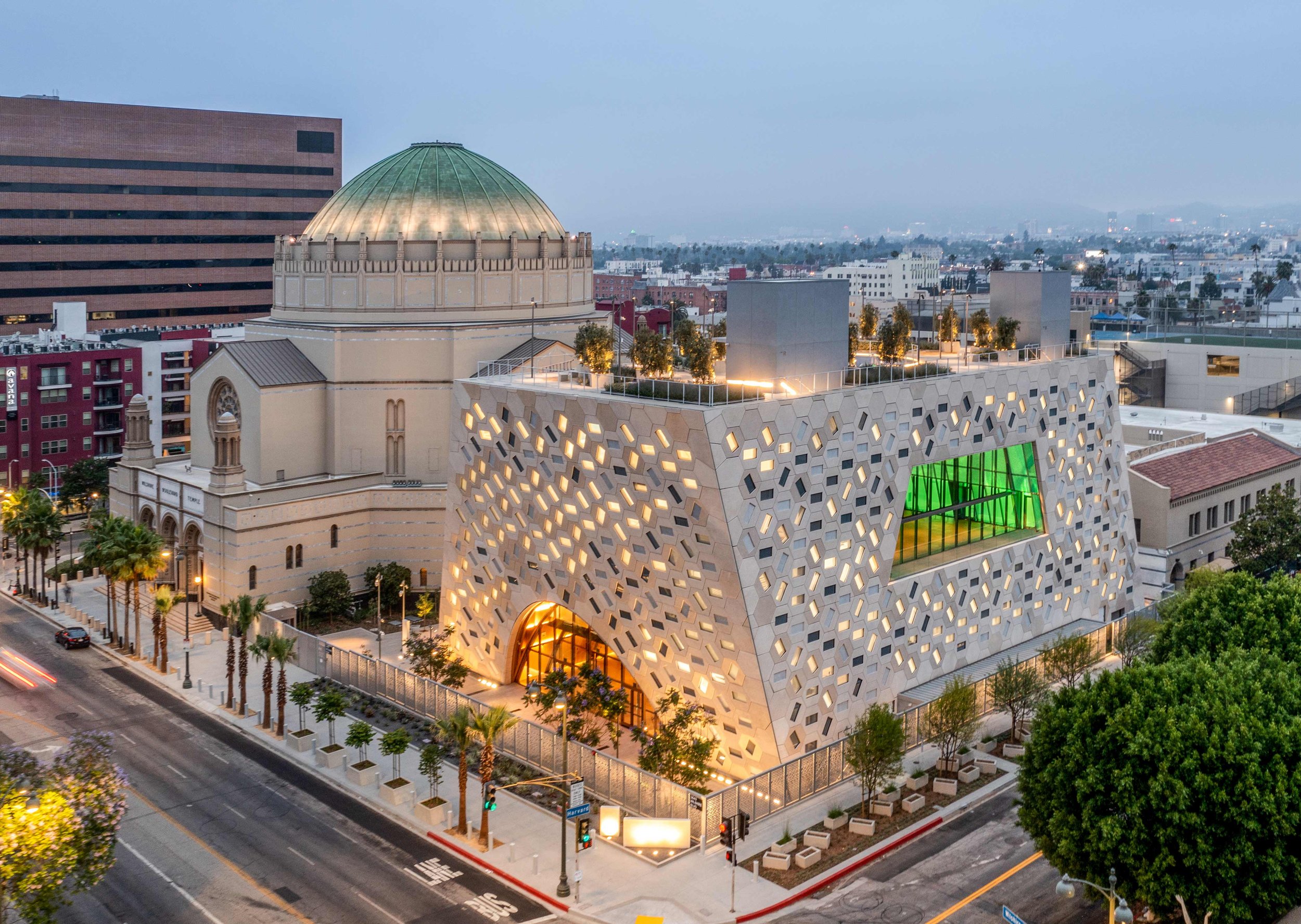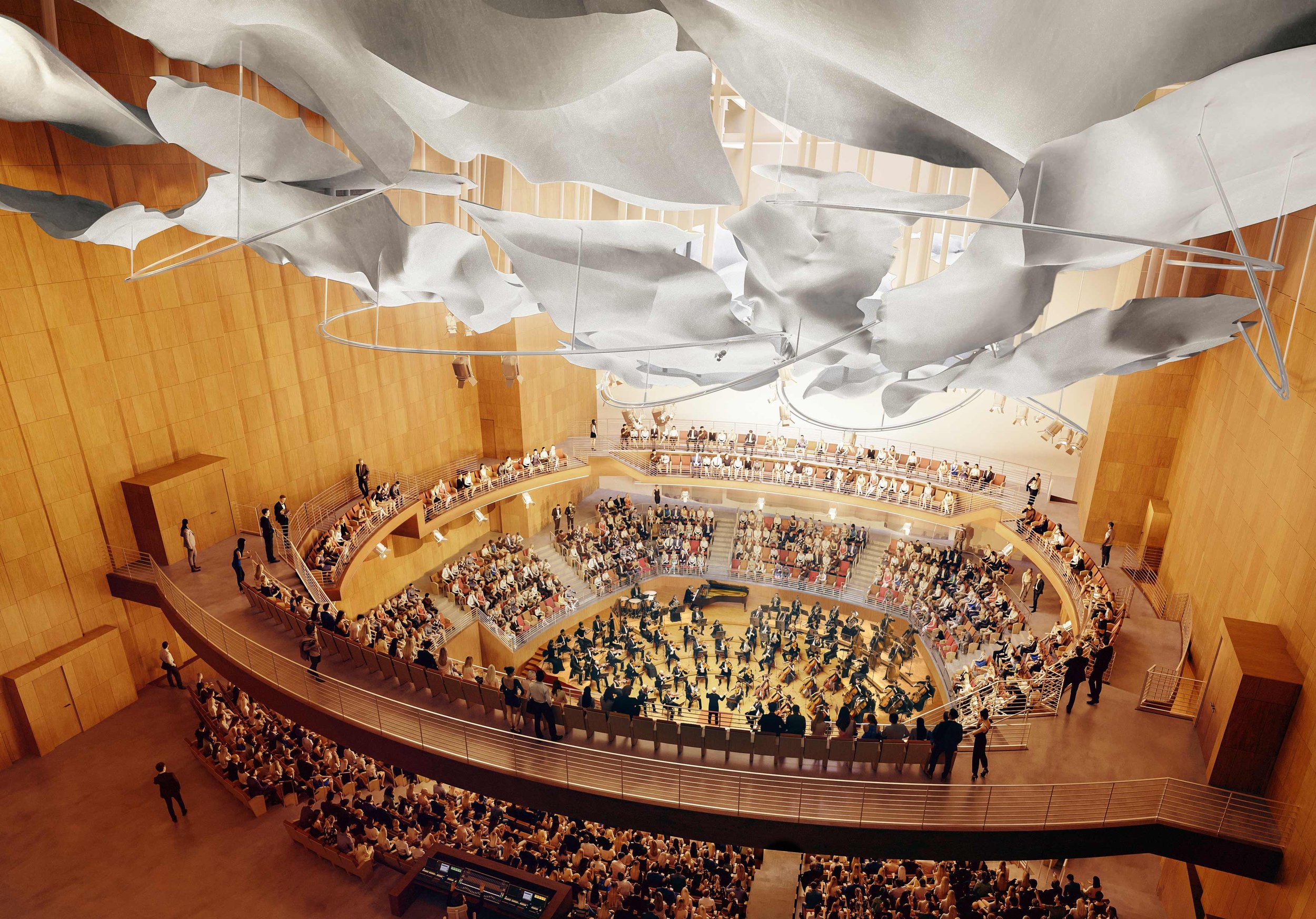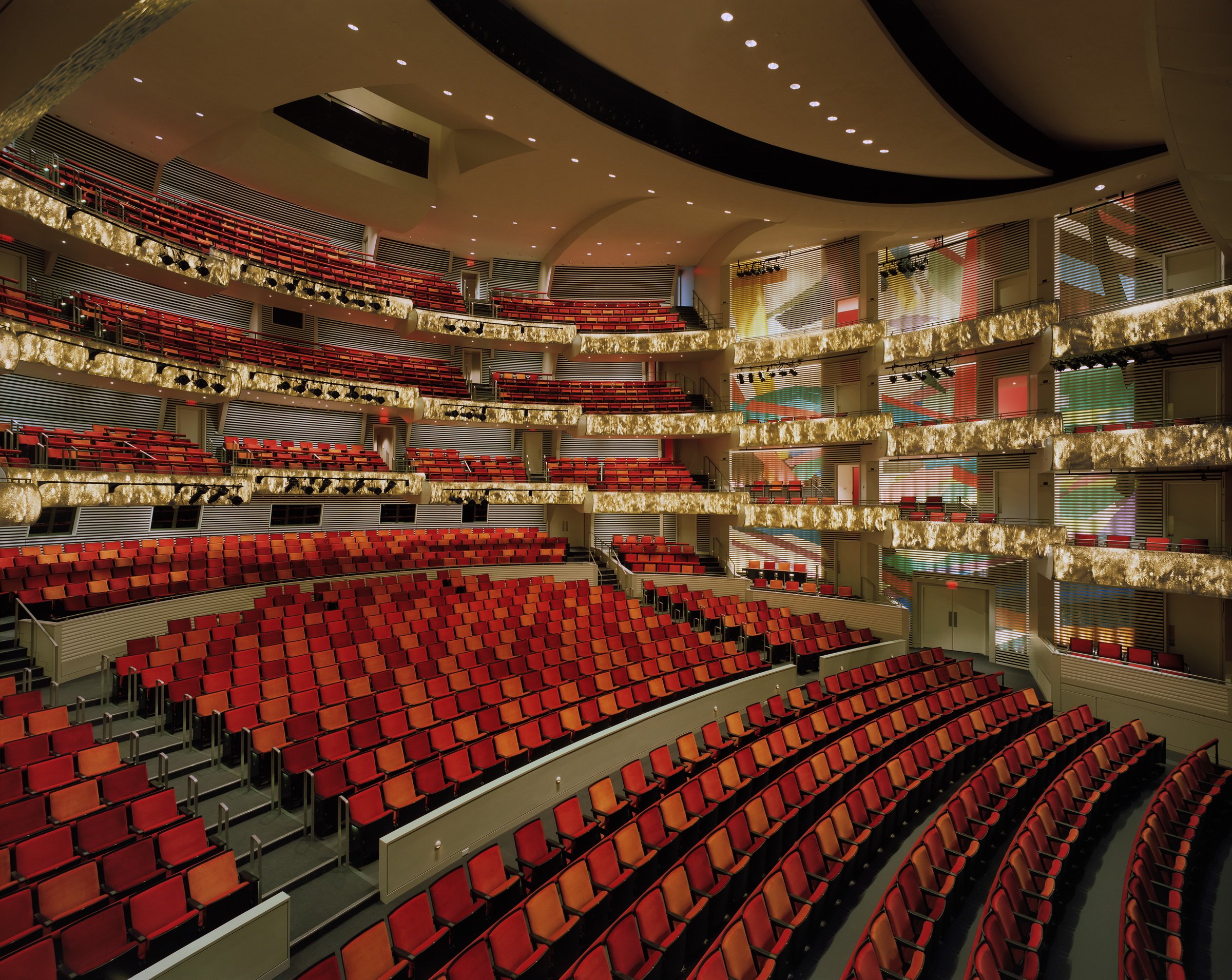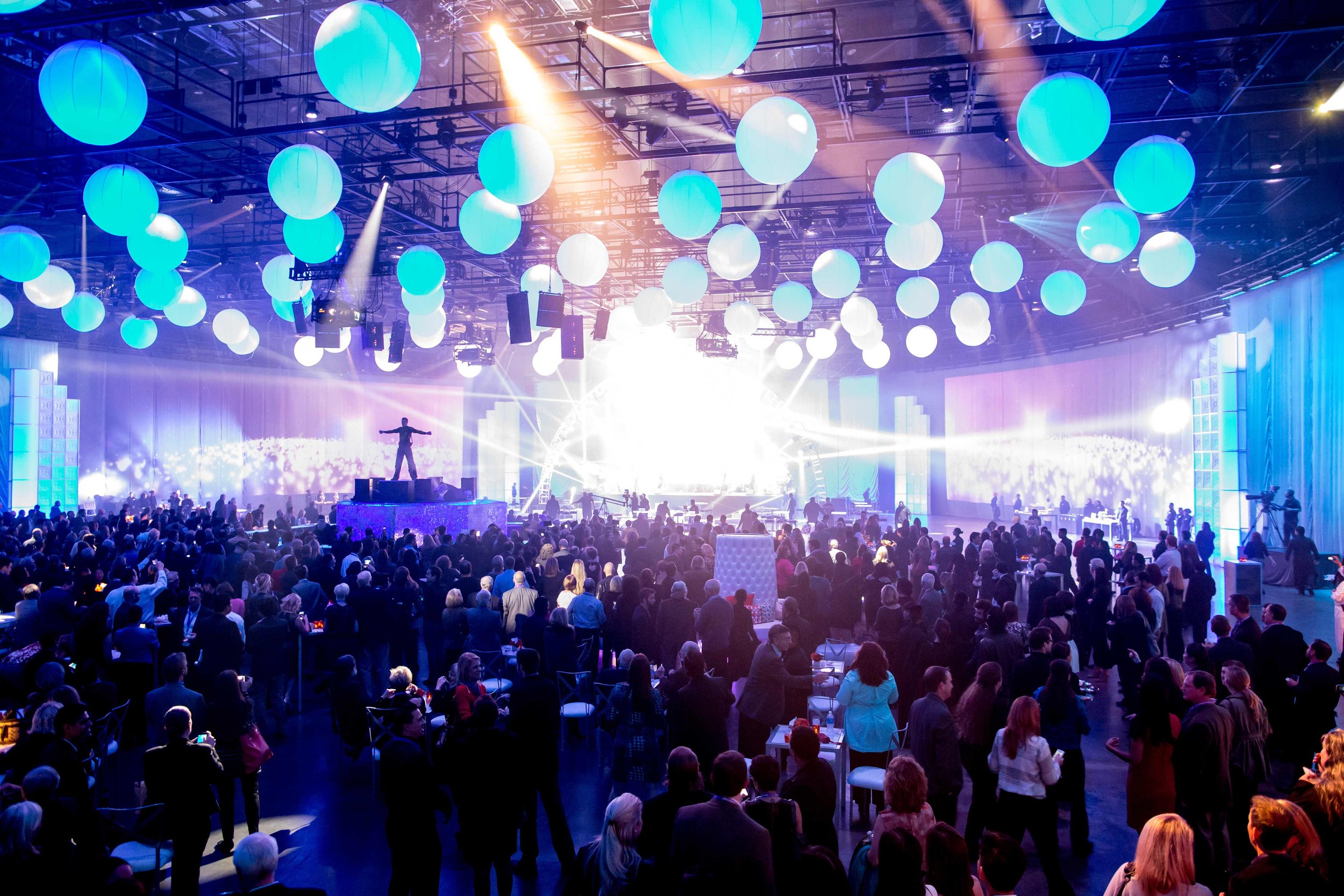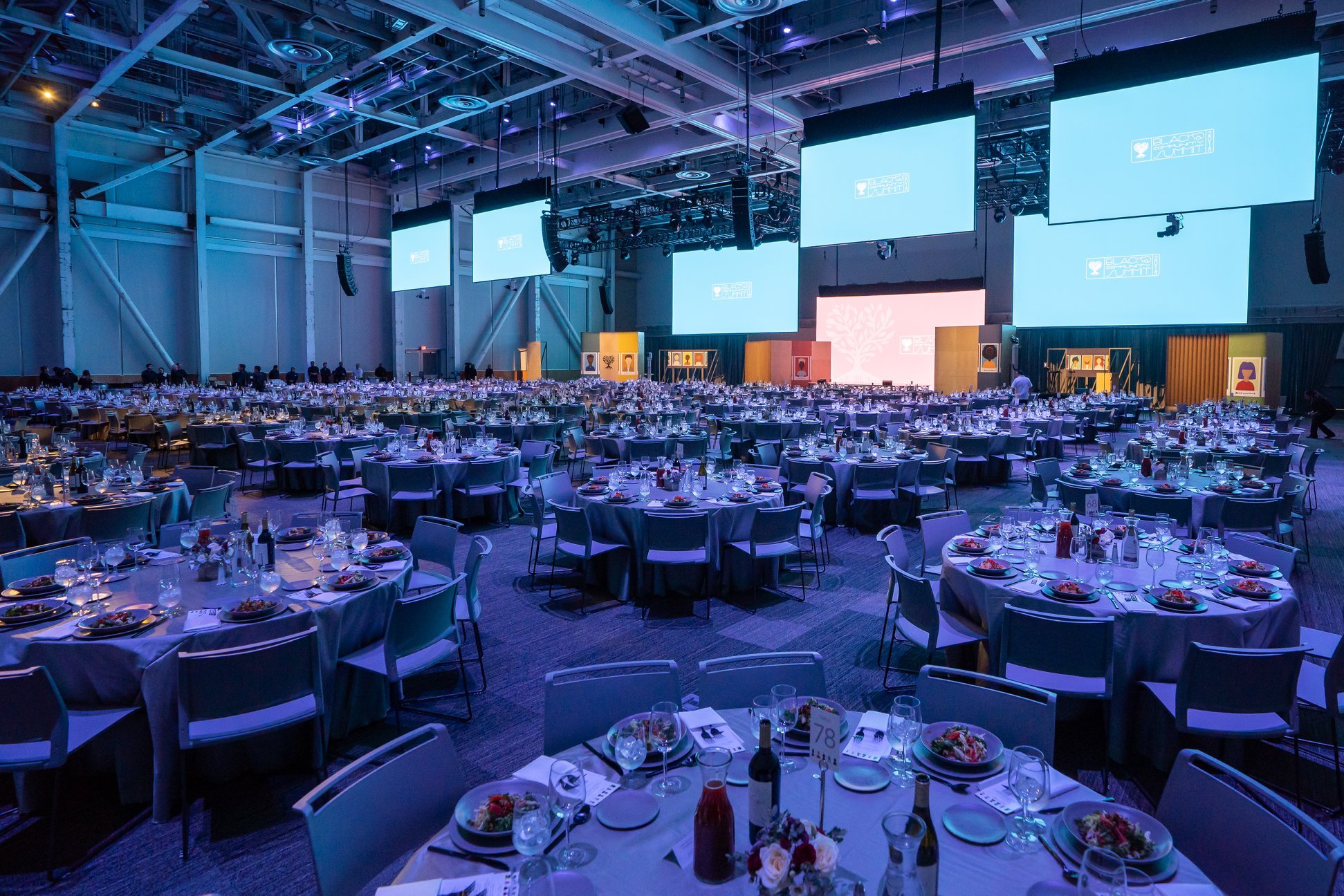#300 - MICHAEL FERGUSON, TheatreDNA
SUMMARY
This week theatre designer, planner and lighting designer Michael Ferguson, Founding Principal, TheatreDNA joins David and Marina of FAME Architecture & Design to discuss his background and expertise; the magic of theatres; the various types of theatres; his experience working with famous architecture practices and architects; the coordination, professional relationships and processes required to design and construct theatres; and more. Enjoy!
ABOUT MICHAEL
Michael Ferguson is a theatre designer and planner and lighting designer. He co-founded TheatreDNA in 2015 after nearly 25 years of working with or for the world’s oldest and most prolific theatre consulting firm. While there he was involved with over 100 performing arts and entertainment venue projects around the globe including theatres, concert halls, educational facilities, art centers, museums, houses of worship, and indoor and outdoor concert venues.
He continues collaborative people-centric approach to theatre design at TheatreDNA, where he has led the theatre design team on projects from every sector, and of every size. He’s pleased that TheatreDNA has quickly established themselves as the leading boutique theatre consulting firm in the country.
Prior to consulting, Michael spent almost 15 years working extensively in professional theatre. He spent a portion of that time at San Jose Repertory Theatre, where he served as the owner’s assistant project manager during the construction of a new theatre facility. This gives Michael the unique distinction of being one of the few people who consult on the planning and designing of theatres that has actually gone through the entire process, from programming to opening night, as part of the client team.
Michael’s 30 years of ongoing theatrical and production experience covers a wide range of live presentation forms including: theatre, dance, opera, performance art, industrials, live concerts, circus, trade shows, special event design, and architainment lighting design.
TIMESTAMPS
(00:00) Introduction
“You have to get to the point as an artist where you just don't second guess yourself. You just have to trust that and say, ‘I think it should be this way’. If it's really, truly intuition, meaning you're understanding it really deeply and then you're allowing your being to direct you. […] So you can articulate it after the fact. But being able to do it kind of quickly without thought, I think is the real joy that starts to come when you really are doing something passionately for a while. ” (11:44)
(13:54) Michael’s experience studying scenic/set design
(24:03) Process for consultants to start working with architects
“Architectural projects have a captain, they have a lead. The way we think of it is, it's kind of like a coach, right? So some days the structural engineer is the guy who needs to drive the boat. Sometimes it's the theater consultant, so it doesn't mean that we're in charge but we do have kind of a lot of really specific info.” (41:35)
(30:26) About the TheatreDNA office team
(41:12) Challenges of working with an architect
“So we say all the time, for a really great performing arts space, it's like a three-legged stool. There's an architect, a theater consultant, and an acoustician. A stool can stand if one of those things is out of balance a little bit but if it's too far out of balance, the stool falls over. The same is true of any performing arts space, very true of musical spaces like a concert hall. ” (41:35)
(53:54) Design process, tools, and software
(01:04:46) The challenges of designing theatres
“Sometimes when we do a performing arts space, if you try to do a space that does really great theater and really great music and really great film (showing cinema), those things are hard to do it all at the same time because they're completely, directly in contrast with each other acoustically. They're in contrast with each other physically sometimes. […] If you really boil it down, the building is a vessel so much like a museum where you think of it in the beginning as just a neutral place but then we realize now these amazing facilities, it's not a neutral space. It's a dynamic space that creates this emotion and evokes these things while holding these works of art. So a theater's a little bit the same way.” (01:06:46)
(01:09:26) The different types of theatres
(01:13:16) The evolution of theatres
(01:21:55) Designing and maintaining performance centres made to last over 100 years









